Recessed lights illuminate architecture from architecture itself
Recessed lighting fixtures or downlights (often called “can lights” or “high hats” in the US, “pot lights” in Canada) are a staple of residential lighting. They’re the only type of overhead light fixtures that integrate into architecture and blend in with the ceiling line in the residential setting. Shining in a downward direction as a narrow beam spotlight or broad beam floodlight, recessed lighting is embraced in a huge way for its ability to deliver low-glare, unobtrusive lighting while providing application versatility like no other. These ceiling integrated luminaires work well in casual or formal interiors. Their diversified beam options deem them indispensable in a thoughtfully designed lighting plan.
The layered approach to lighting design
To create an attractive, comfortable, and functional living environment, residential lighting needs to be composed in layers. Basically, a residential interior space requires three layers of lighting: general (also called ambient), task and accent. General lighting provides overall room lighting to take care the basic visual requirements. Task lighting provides focused, localized illumination to support visual performance. Accent lighting highlights or spotlights specific objects to draw out their best traits and create visual interest. Recessed downlights are versatile enough to contribute to all the three layers of lighting while maintaining deep source regression for silent ceilings. General downlighting systems with a lensed trim or hyperbolic reflector spread light in wide distributions and provide a general diffuse layer of uniform illuminance throughout a room. Recessed task lights provide a controlled beam of light that enables users to see the critical details of an activity. Recessed accent lights produce concentrated beams of light to create energy, heighten drama and enhance the prominence of accentuated objects against the background of the general illuminance. Wall wash luminaires direct a broad spread of uniform illumination on vertical surfaces to define form, space and texture.
A great all-round player
Recessed lighting finds its footprint throughout a house. Downlights are strategically placed along the perimeter of a living room, dining room or kitchen (approximately 30”away from the wall) to provide complementary or secondary ambient lighting. Recessed lighting is also used to establish a path of illumination in transition areas and thus enable comfortable movement from room to room. The living room is a place where families and friends gather to relax, entertain and socialize. Downlights work with pendants/chandeliers and cove lights to provide a balanced composition of light that allows users of the space to engage in a variety of activities. Directional spotlights create high contrast on objects of interest such as sculptures, paintings, wall hangings, collectibles and architectural features. In bedrooms, recessed luminaires are used to provide direct lighting for reading in bed. Task lighting at food preparation areas of a kitchen, including the countertop, sink and cooktop is commonly provided by recessed downlights. Recessed downlights with high IP (ingress protection) ratings offer high levels of practical lighting over a tub, shower or vanity area in a bathroom. Recessed downlights are used to provide the main source of ambient light for home offices and also serve to highlight the built-in cabinetry.
The world of recessed lighting keeps getting more innovative
Recessed lighting was among the earliest lighting applications that favored solid state lighting based on LED technology. In contrast to many conventional light sources, LEDs have incredibly high efficiencies of energy conversion from electrical power to optical power. This real-world benefit not only translates to significantly improved energy savings, but also afford us an opportunity to enjoy high color fidelity lighting. For those unaware, compact fluorescent lamps, which had been dominated general downlighting applications before the advent of LED technology, achieve their energy efficiency advantage over incandescent and halogen lamps at the expense of poor color quality.
The excellent dimming capability, instantaneous response to on/off switching and high reliability under high frequency switching operations of LEDs lend LED lights an incomparable advantage in smart lighting applications. Smart lighting calls for sophisticated interactivity with sensors, local controllers, personal devices (e.g., smartphones), and IoT platforms. Leveraging the digital controllability of LEDs as well as the ability of multi-channel LED system to dynamically engineer spectral output opens up the door to human centric lighting (HCL), which promises a positive effect on human health, well-being and performance.
Conventional configurations
Despite the trend towards canless recessed lighting, LED recessed lights sold in the North America market often include a round, square or rectangular can or housing that is installed inside the ceiling and holds the light assembly and trim. Recessed lights designed for non-IC (non-insulation contact) applications do not need a metal barrier or enclosure (IC box) but may come with a steel tray commonly known as a plaster frame. Housings for new construction and remodel can lights are available in 1″, 2″, 3″, 4″, 5″, and 6″ sizes. The light assembly that installs into the housing can be a retrofit LED lamp or an integrated LED light engine.
Lamp-based LED recessed lights are typically retrofit application which simply replaces the legacy light source (e.g., MR16, PAR30, A19) with an LED lamp that corresponds in lumen package, optical pattern, electrical connection, and form factor. Lamp-based LED systems, however, provide only a moderate gain in efficiency and lifetime. The retrofit LED lamps incorporated in these systems are often designed with a huge compromise on thermal management and drive current regulation due to the space and cost constraints. This leads to consequences of a short lifespan, low circuit efficiency, and even light flicker.
Canless LED systems
Canless LED downlights and LED light engines implement a fixture-as-heat-sink design. Rather than incorporating an LED bulb, the luminaire or light engine mounts LEDs onto an extruded, die cast or forged aluminum housing which serves double-duty as a heat sink. This design maximizes effective surface area of the thermal path and minimizes the length of the thermal path, allowing the heat generated in the semiconductor junction to be more efficiently extracted to the ambient air. Effective thermal transfer is critical to the performance and reliability of LEDs. Continuous operation at elevated temperature due to thermal buildup within the semiconductor package will accelerate LED color shift and lumen depreciation, resulting in a shortened service life. The light module of a canless LED downlight or the light engine of an LED can light is maintained in a fixed downward position unless the luminaire is designed to provide asymmetrical light distribution for accent lighting or wall washing. Recessed accent lights and wall wash lights are commonly designed with an adjustable mechanism which allows the light module and trim to be rotated and tilted for aiming adjustability.
Color reproduction
Residential recessed lights typically use mid-power SMD LEDs or chip-on-board (COB) LEDs to create light. LED lights designed for residential applications often come as commodity grade products that incorporate low cost components. The color quality of the light source is generally on the lower end of what is acceptable for indoor lighting applications.
The blame for deteriorated color quality lies with the use of compact fluorescent lamps that were introduced in the 1970s. To achieve a high efficacy, fluorescent light sources have a spectral power distribution (SPD) optimized for a high luminous efficacy of radiation (LER). Unfortunately, the SPD ignores the light source’s performance for color rendering. As a result, fluorescent downlights have a color rendering index (CRI) in the low to mid 80s. Furthermore, the spectrum of fluorescent light sources is deficient in long wavelength light necessary for rendering saturated colors. In a sharp contrast, incandescent and halogen sources have a CRI of greater than 95 and are particularly robust at rendering saturated colors.
While the tradeoff between color quality and efficacy has remained in the era of LED lighting, a light source efficacy as high as greater than 200 lm/W allows LED downlights to make a nice balance. At a bare minimum, residential recessed lighting should provide color rendering capability that gets close to that of incandescent and halogen lamps.
Color temperature
The spectral composition of a light source also determines how the light appears. An SPD that spreads more energy at long wavelengths leads to white light with a warm tone whereas an SPD that spreads more energy at short wavelengths leads to white light with a cool tone. Warm white light corresponds to a low correlated color temperature (CCT) in the range of 2700K to 3200K. Cool white light corresponds to a CCT exceeding 4100K. Light sources that have a CCT between 3500K and 4100K are referred to have a neutral white appearance. Warm white light which enhances reds and oranges is reminiscent of the sunset or a flame. It is most flattering to skin tones. With the ability to create white light that imparts a feeling of comfort, pleasantness, intimacy and relaxation, warm white LEDs are the predominant choice of light source for residential interior lighting applications.
The spectral composition of white light can have implications beyond simple vision and color perception. Cool white light makes people feel more invigorated and stimulates them to alertness and activity. However, nighttime exposure to high intensity cool white light can cause disruptions to human circadian rhythms. This is because cool white light contains a high percentage of short wavelength photons (blue light) that can suppress the nocturnal release of melatonin. The nocturnal release of melatonin is a vital mechanism that promotes cell metabolism and proliferation. Suppression of melatonin production due to exposure to blue-rich cool white light is linked to increased incidence of diseases in modern society. In the evening, at least two hours before bedtime, the use of cool white or even neutral white light sources should be definitely refrained from.
Optical design
Residential LED downlights come in a choice of light distribution options ranging from very narrow beam spotlighting through to wide beam floodlighting and wall washing. Control of light distribution from recessed LED systems is achieved with devices such as reflectors, lenses, diffusers, or any combination of these. The directional nature of LEDs affords LED recessed luminaire the ability to extract light directly from the source and deliver light exactly where it is needed. Recessed accent lighting systems commonly take advantage of total internal reflection (TIR) optics to produce highly efficient and precisely controlled optical distributions. Wider light distributions created for task and ambient lighting applications are accomplished through optical reflection, diffusion, or a combination of them. Hyperbolic and parabolic reflectors are of common use in recessed luminaires. Low profile LED downlights produce perfectly diffused light through a compound optical system and edge-lit design.
Aperture appearance
The portion of a recessed luminaire that is visible to the eye when looking up into the fixture is referred to as a trim. The trim can be optical reflector and shielding package, a full reflector, or a baffle. The extensive trim options also include pinholes, wall wash trims, lensed trims, decorative trims, eyeballs, gimbals, and adjustables. The light source of most recessed luminaires is positioned a distance away from the aperture to provide excellent glare control. An array of finish options are available to complement any decor, soften illumination, maximize light extraction efficiency, or to make a decorative statement. A black cone or baffle, for example, is used to tone down the aperture brightness for a more unobtrusive appearance. The round or square trim can be flanged to deliver a traditional ceiling appearance or designed to be flangeless for a clean architectural look.
LED driving and dimming
Arguably the most important yet often overlooked component of a recessed LED luminaire is the driver. LEDs are current driven devices and their light output is directly proportional to the current flowing through the diodes. A constant current LED driver regulates the power to an LED array at a prescribed level regardless of fluctuations in the supply voltage or LED forward voltage.
A clear performance marker of an LED driver included in residential LED luminaires is its ability to minimize output current ripples. A failure to smooth out the large output current ripple delivered to the load will cause the LEDs to flicker and shorten the life of the LEDs. It’s not uncommon to see low cost, inadequately designed LED drivers are used in entry-level residential LED downlights. These drivers not only operate with a low circuit efficiency and high ripple content, but also tend to fail prematurely.
The LED driver also determines the controllability of LEDs. LED drivers with dimming capabilities need to have compatibility with specific dimming protocols (e.g., 0-10V, DALI, ZigBee), or phase control TRIAC or ELV dimmers.

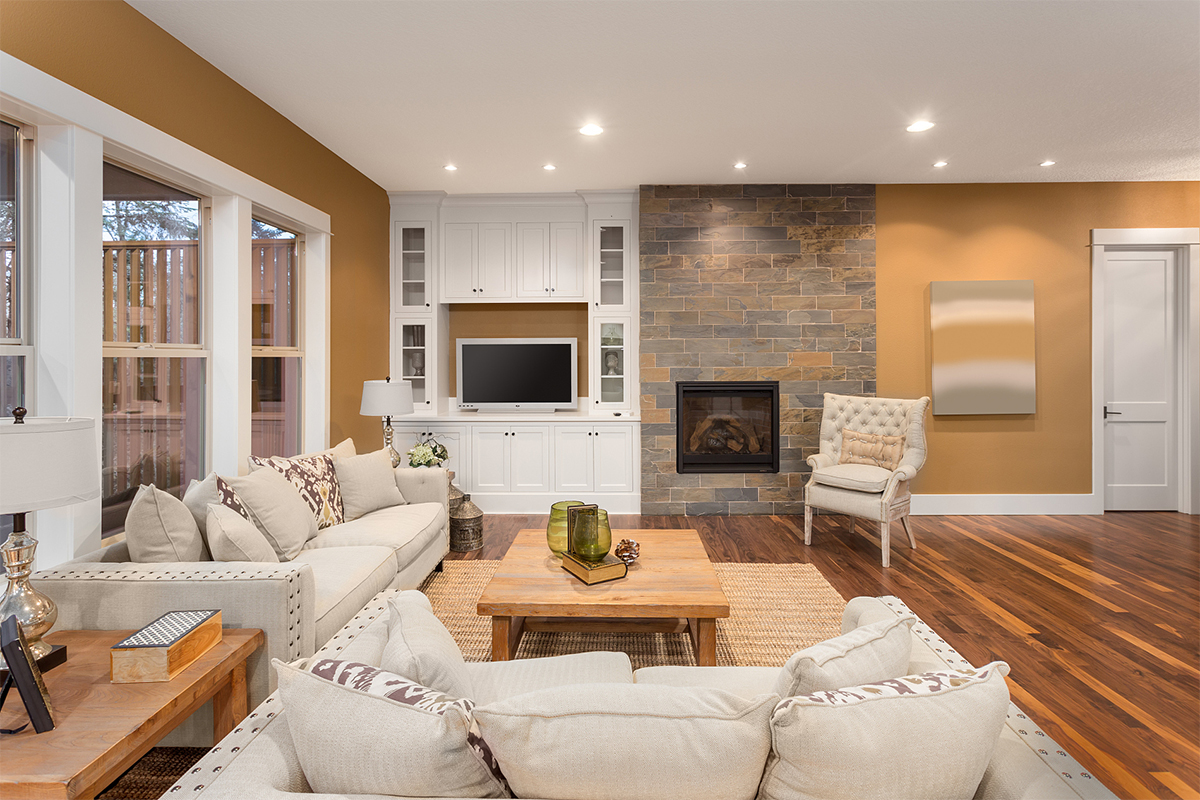
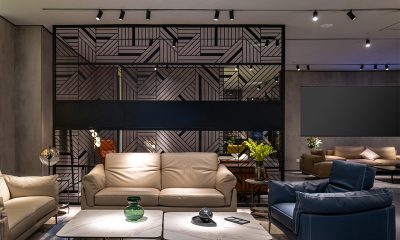

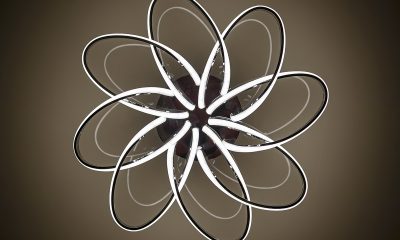
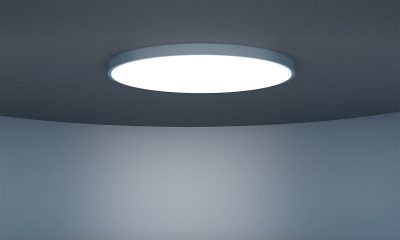
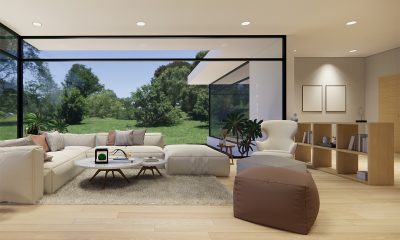
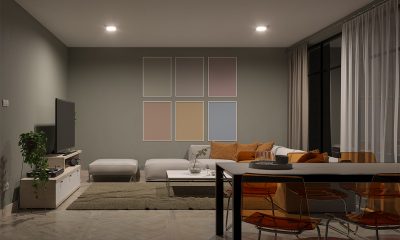
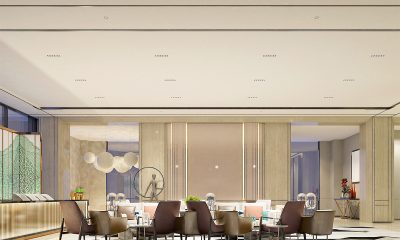
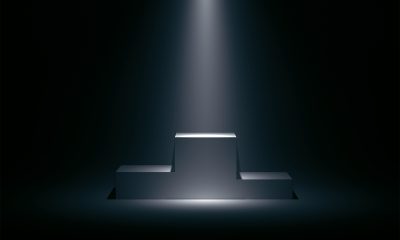

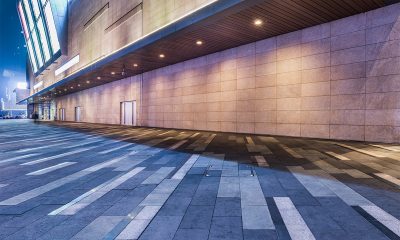
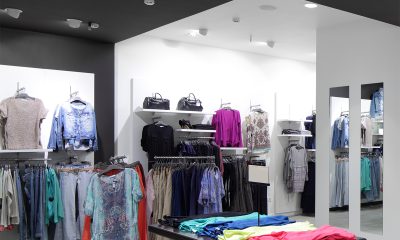
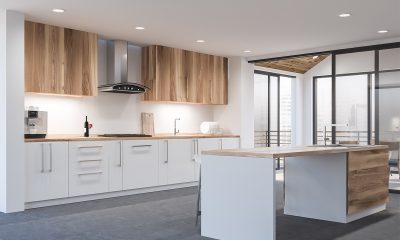





Loading...